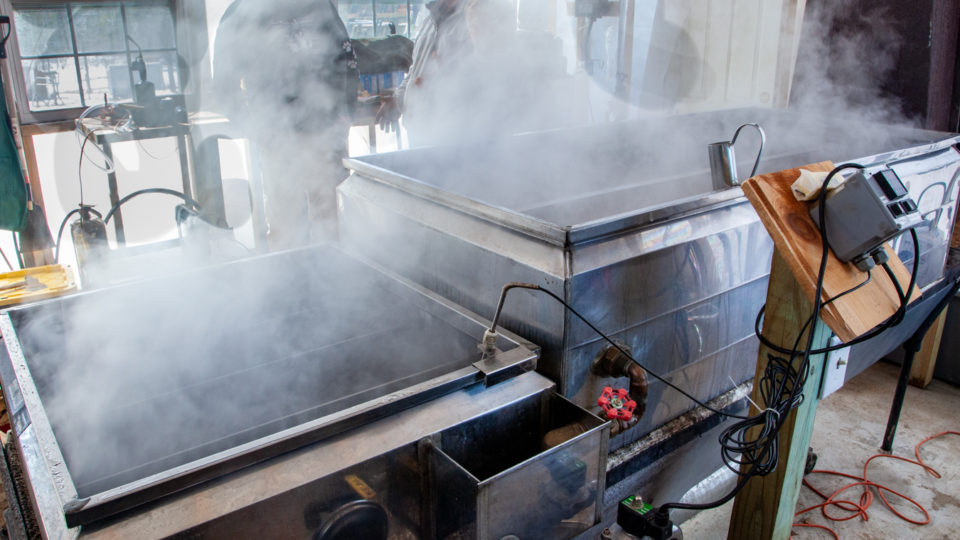According to a study recently published in the journal Forest Ecology and Management, scientists are predicting another casualty of climate change: the U.S. maple industry. By the year 2100, the maple syrup season in the United States may be less productive and arrive one month earlier than it has between 1950 and 2017.
Maple syrup production is impacted by two climate-sensitive factors: sugar content and sap flow. Sugar content is determined by the previous year’s carbohydrate stores. Sap flow depends on the freeze/thaw cycle. Sap begins to flow in sugar maples when winter nights dip below freezing and the days warm above freezing.
The researchers studied six sugar maple stands from Virginia to Quebec, Canada over a six year period. They created a model that predicted the timing of optimal sap flow based on historical temperature data on freeze/thaw days, actual sap collection from their field work, and monthly climate.
According to modeling projections, the maple syrup season is expected to be, on average, one month earlier by the end of the century. States like Indiana and Virginia will barely produce any sap. New Hampshire and Vermont are likely to be least affected, but are still expected to experience a decrease in production. In fact, most areas of maple production in the United States are projected to see decreases in production by the year 2100, while areas in northern Ontario and Quebec should see moderate to large increases in production.
Currently, Canada is responsible for approximately 80% of global maple syrup production while the U.S. produces 20%. The shifting climate for optimal maple production will leave many scrambling to find the sweet spot.
**********
Web Links
Climate change study finds that maple syrup season may come earlier
Photo, posted March 24, 2019, courtesy of Paul VanDerWerf via Flickr.
Earth Wise is a production of WAMC Northeast Public Radio.
